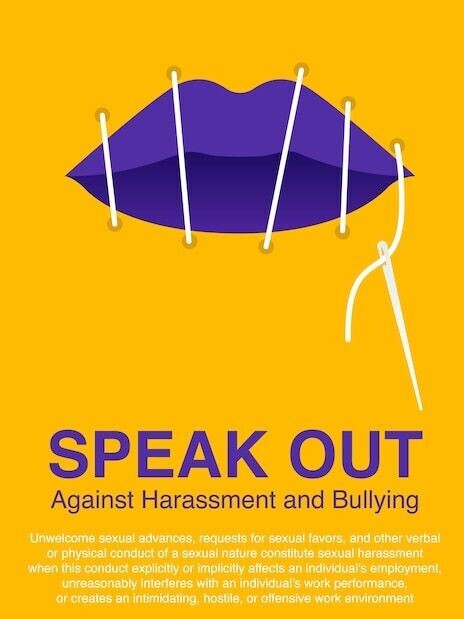Anti-Harassment Campaigns: Running Awareness Campaigns And Providing Resources To Combat Harassment And Promote Women’s Safety.

Harassment affects countless lives, but running an effective awareness campaign can create real change. It’s all about getting people to understand the importance of the issue and inspiring them to take action. A successful campaign combines clear messaging, strategic use of platforms, and collaboration with influencers and organizations.
Start with a clear understanding of what you want to achieve. Are you aiming to educate the public, support victims, or push for legal changes? Knowing your goal helps shape the message and identify the best ways to communicate it. Strong, clear messaging resonates more deeply with your audience.
Social media is a game-changer. Platforms like Twitter, Instagram, and Facebook offer powerful tools to spread your message widely and quickly. Hashtags, viral challenges, and shareable content can boost visibility and engage people who might not encounter the issue otherwise.
Teaming up with influencers and relevant organizations can amplify your efforts. Influencers can introduce your campaign to their followers, lending you their credibility and reach. Meanwhile, collaborating with organizations adds authority and resources to your campaign, whether it’s by hosting events, producing educational materials, or providing expert speakers.
Measuring the effectiveness of your campaign isn’t just about counting likes and shares. Look at engagement rates, web traffic, and feedback from your audience. Surveys and polls can provide insights into how well your message is being received and whether your campaign is making an impact. Adjust your strategy based on this data to keep improving.
Real-life case studies offer valuable lessons. Look at campaigns that have succeeded and analyze what worked for them. For instance, the #MeToo movement gained traction globally by encouraging personal stories, which made the issue relatable and urgent. Learning from these examples helps refine your approach and avoid pitfalls.
Providing Resources to Combat Harassment and Promote Women’s Safety

To truly combat harassment, offering tangible resources is essential. People need access to support and tools that can make a difference in their lives. Identifying and compiling these resources effectively transforms awareness into action, providing a lifeline for those in need and promoting safety and empowerment.
The first step is recognizing what resources are essential. Victims of harassment often require both legal and psychological support. Creating a well-rounded resource hub involves including contact information for legal aid, therapy services, hotlines, and other vital support networks.
Accessibility is key. Setting up a user-friendly website or app ensures that those in need can easily find and utilize these resources. The hub should be regularly updated to reflect the latest information and services available. Additionally, multilingual options can help reach a broader audience, ensuring no one is left behind.
Legal and psychological support must be top-notch. Connecting victims with experienced lawyers and compassionate therapists can make all the difference. Offer guidance on how to file police reports, seek restraining orders, and navigate the legal system. Therapy services should address trauma and provide coping mechanisms, aiding victims in their recovery journey.
Safety programs and self-defense classes are proactive ways to promote women’s safety. These programs not only teach practical skills but also empower women, boosting confidence and resilience. Partner with local gyms, community centers, and schools to make these programs widely available and easily accessible.
Building strong partnerships with local communities and businesses amplifies your efforts. Encourage businesses to adopt anti-harassment policies and support local initiatives. Organize community events and workshops to raise awareness and foster a supportive environment. Strong community ties can create a safer, more informed society.
Regularly seek feedback from the community to keep improving. Surveys, focus groups, and open forums can provide valuable insights into what’s working and what needs adjustment. Continuous improvement ensures that the resources remain relevant and effective.
Success stories highlight the positive impact of these resources. Sharing testimonies from women who have been empowered by your programs showcases the difference you’re making and can inspire others to seek help and get involved.
